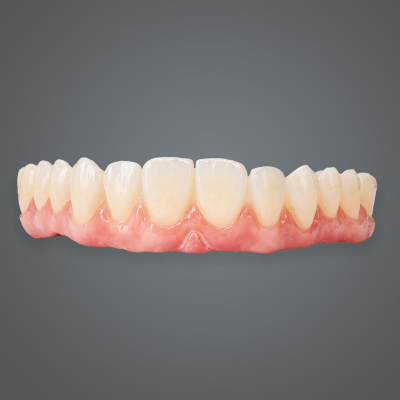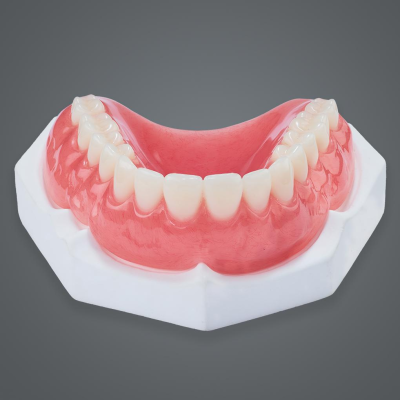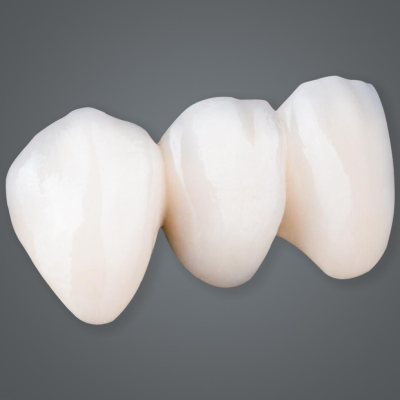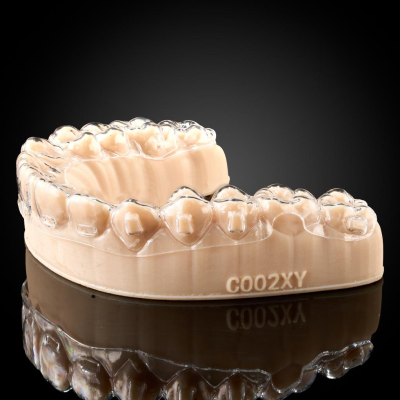Mục lục [Hiển thị]
1. Introduction to Zirconia in Dentistry
Zirconia, or zirconium dioxide, has revolutionized dentistry as a biocompatible and highly durable material. Its versatility makes it an ideal choice for crafting crowns and bridges that meet both functional and aesthetic requirements. For us in the lab, its versatility allows us to tailor restorations to specific clinical scenarios, ensuring that every case meets the demands of both dentist and patient.1.1. The Popularity of Zirconia for Crown and Bridge
Dental practices across the United States are adopting zirconia for restorations due to its ability to combine strength, longevity, and beauty. Outsourcing zirconia crowns and bridges to specialized dental labs can further enhance efficiency, reduce costs, and ensure consistent quality. Among zirconia materials, Monolithic Zirconia and Esthetic Multilayer Zirconia offer distinct advantages depending on the case.2. What is Monolithic Zirconia?
Monolithic Zirconia is a single-layer material that is milled from a solid block of zirconium dioxide. It is valued for its durability and functional performance, making it a staple in our lab for certain restorations. [caption id="attachment_5219" align="aligncenter" width="300"] Monolithic Zirconia[/caption]
Monolithic Zirconia[/caption] 2.1. How Monolithic Zirconia is Made
Using advanced CAD/CAM technology, dental technician design and mill monolithic zirconia restorations to precise specifications. After milling, the restorations are sintered at high temperatures to achieve their final strength and translucency.2.2. Key Characteristics of Monolithic Zirconia
- Strength: Resistance to fractures and wear.
- Durability: Suitable for posterior crowns and bridges where chewing forces are high.
- Low Aesthetics: Its lower translucency makes it less ideal for anterior restorations where appearance is critical.
3. What is Esthetic Multilayer Zirconia?
Esthetic Multilayer Zirconia, as the name suggests, is a layered version of zirconia designed to mimic the natural gradation of human teeth. This material incorporates multiple layers of varying translucency and color to achieve a more lifelike appearance. [caption id="attachment_5221" align="aligncenter" width="300"] Esthetic Multilayer Zirconia[/caption]
Esthetic Multilayer Zirconia[/caption] 3.1. The Process Behind Multilayer Zirconia
Multilayer zirconia blocks consist of multiple layers, each designed to replicate the natural properties of dentin and enamel. When dental technicians mill these restorations, the transitions between layers create a lifelike appearance.3.2. Unique Features of Multilayer Zirconia
- Natural Aesthetics: Perfect for matching the patient’s natural teeth.
- Balanced Strength: Durable enough for most applications while prioritizing appearance.
- Versatility: Suitable for both anterior and posterior restorations.
4. Key Differences Between Monolithic and Multilayer Zirconia
4.1. Aesthetic Appearance
- Monolithic Zirconia: Opaque and utilitarian; best for posterior restorations.
- Multilayer Zirconia: Translucent with natural shading; ideal for anterior restorations.
4.2. Durability and Strength
- Monolithic Zirconia: The strongest option, ideal for bruxism patients or large-span bridges.
- Multilayer Zirconia: Strong enough for most cases but optimized for aesthetics.
4.3. Application in Crowns and Bridges
- Monolithic Zirconia: Focused on functionality and durability.
- Multilayer Zirconia: Chosen for cases where appearance is critical.




